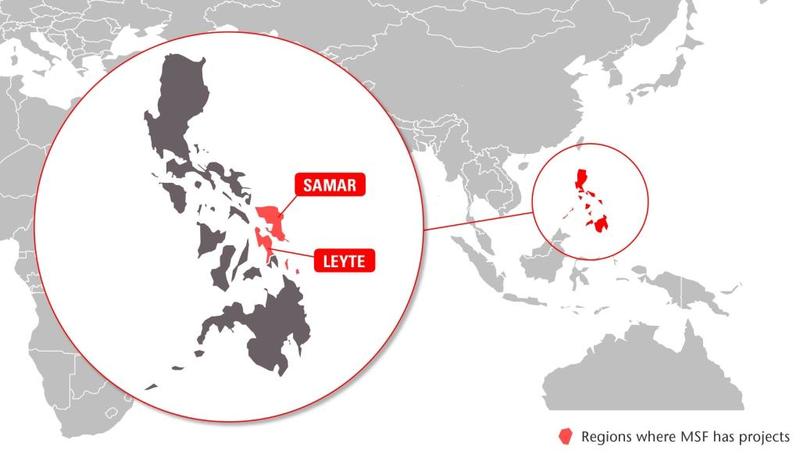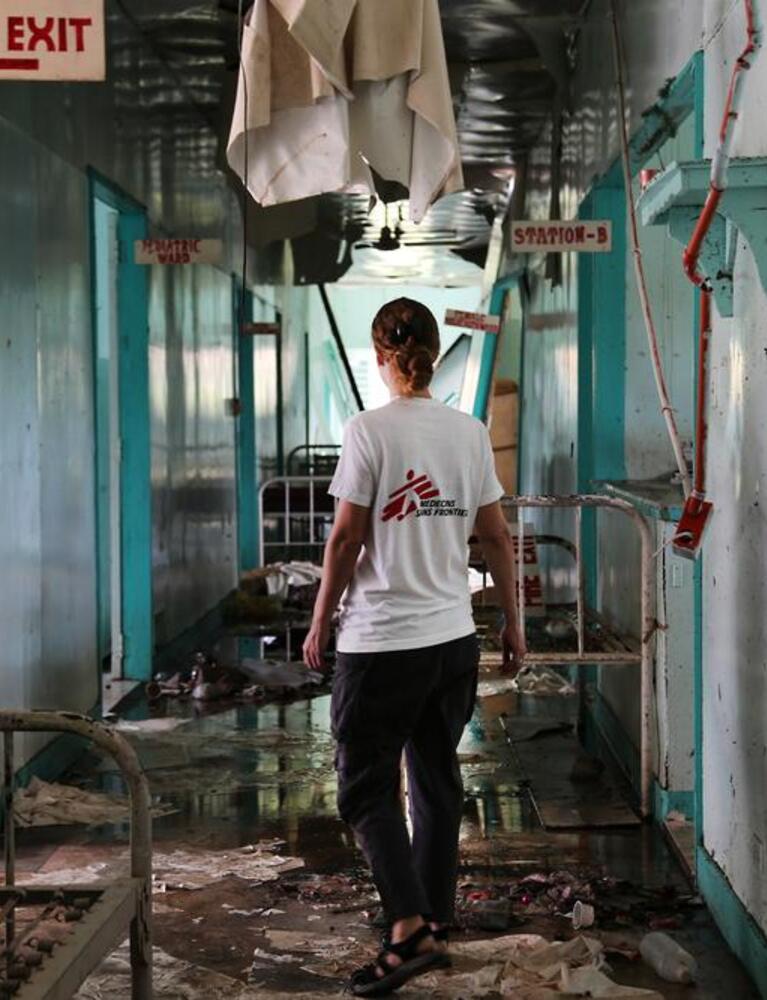More than 7,000 islands make up the Philippines, but the bulk of its fast-growing population – now more than 100 million people – lives on just 11 of them.

After recovering from an economic downturn in 2004, the Philippines now ranks as one of the most promising newly-industrialised countries, with its export economy moving away from agriculture to electronics, petroleum and other goods.
Although endowed with many fine beaches and a growing tourism industry, much of the country is mountainous and prone to natural disasters. It is often lashed by typhoons and other storms.
The most damaging recent storm was 2013’s Typhoon Haiyan, to which Médecins Sans Frontières/Doctors Without Borders (MSF) has recently ended its response. MSF first worked in the Philippines in 1987.
[[Country-Facts]]
MSF’s work in the Philippines: 2015
MSF completed the closure of all its post-typhoon activities in the Philippines this year.
By June 2015, the response and recovery activities put in place to support communities affected by the 2013 typhoon Haiyan were all closed.
These included support for maternal and child health activities in Leyte provincial hospital and the rehabilitation of three hospitals on Leyte and Samar islands.
During the year we conducted a number of assessments in different locations in the country to identify possible needs for long-term programmes.
As a result, a sexual and reproductive health programme will be opened in 2016 in the capital Manila.
This programme will be run in collaboration with Likhaan, a national organisation, and will include early screening and vaccination against the human papilloma virus (HPV) to prevent cervical cancer.
Find out more in our 2015 International Activity Report.




